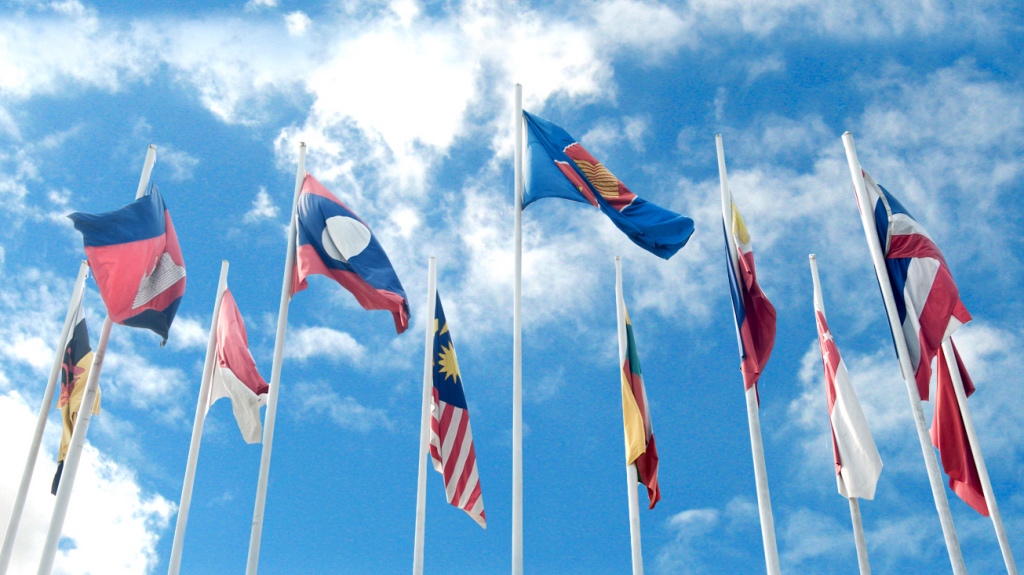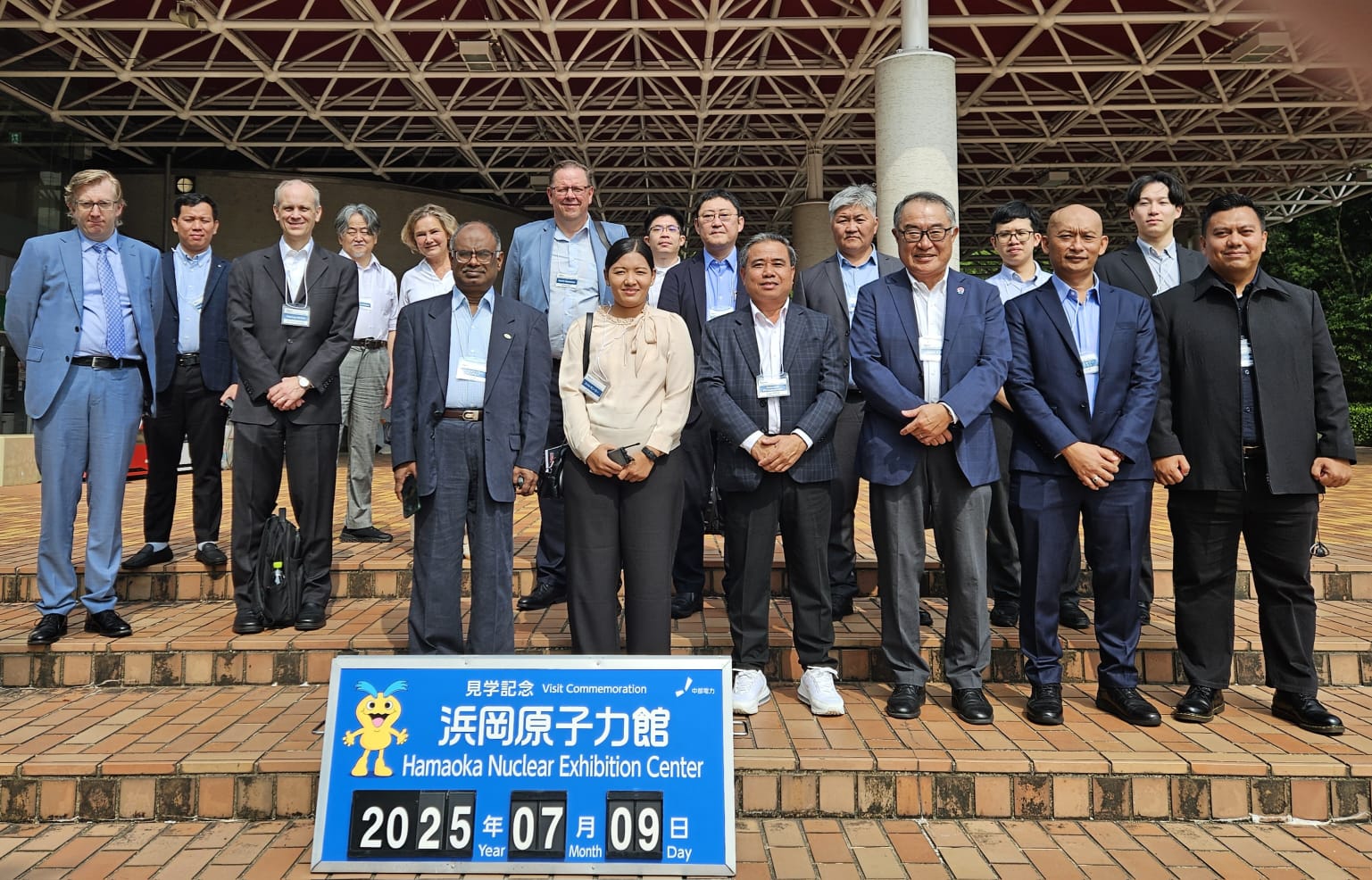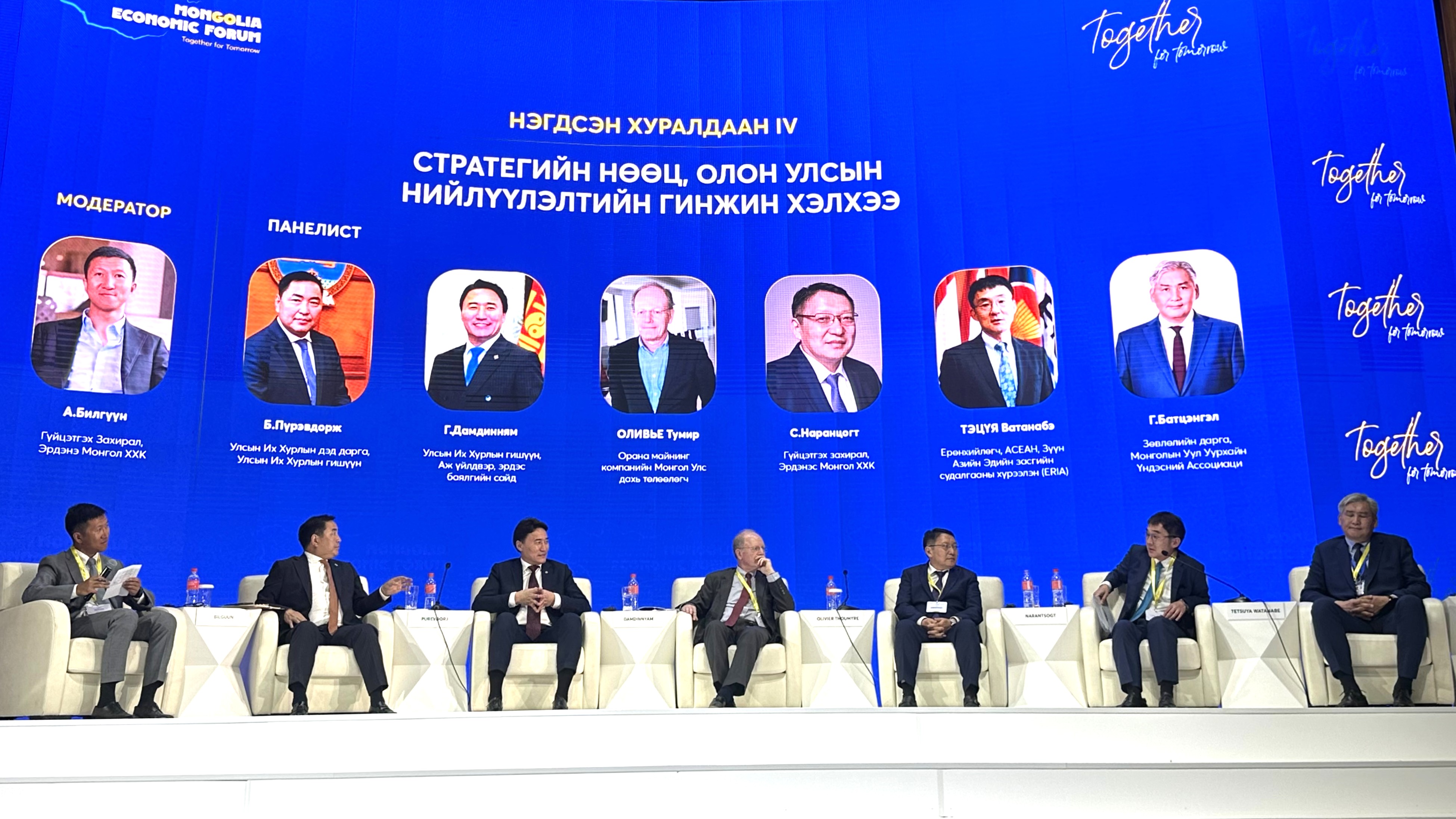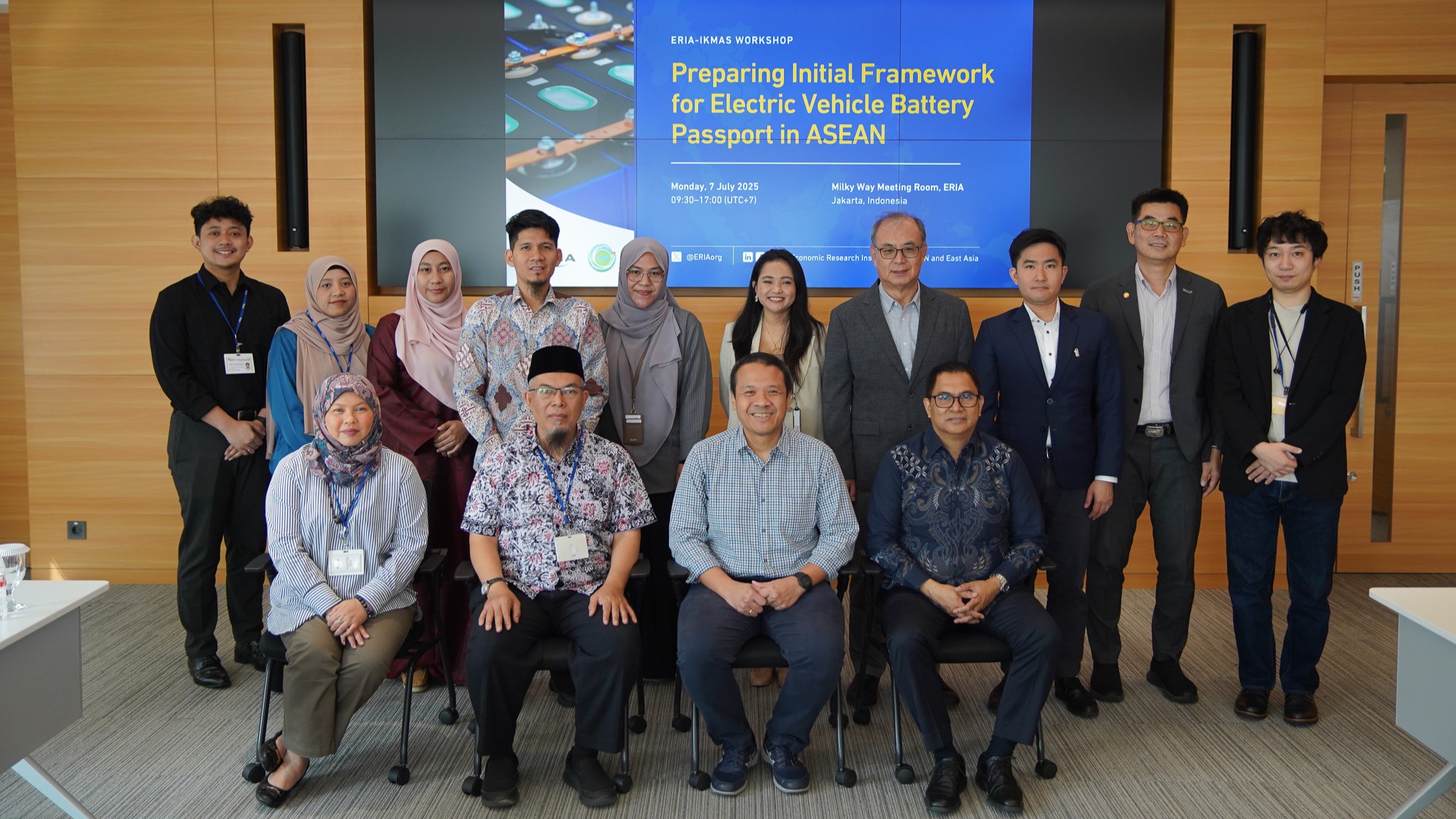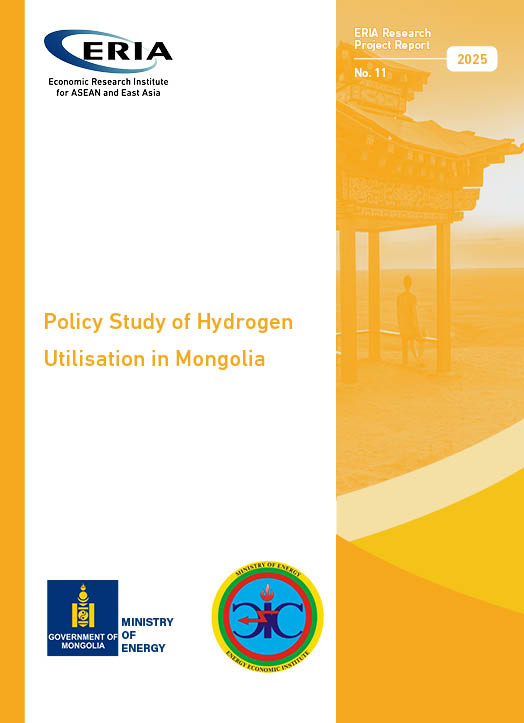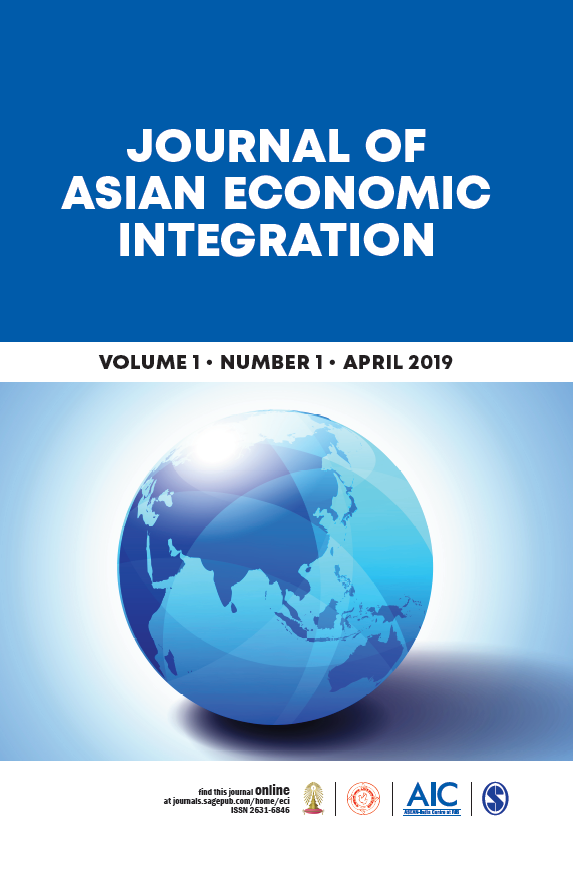It's time to mainstream the AOIP
Date:
1 November 2022Category:
OpinionsTopics:
-Share Article:
Print Article:
By Mr Kavi Chongkittavorn, Senior Communications Advisor: One of the top priorities that the Asean leaders have to vet and approve at the Asean-related summit on Nov 11 is the plan to operationalise the Asean Outlook on the Indo-Pacific (AOIP).
Since the start of the Russia-Ukraine conflict in February, the global security landscape has dramatically changed, affecting the grouping's external relations.
As a fulcrum, Asean still possesses both the convening and convincing power that can accommodate the superpowers' cooperative and confrontational modes.
In the coming days, the region will be under the global microscope; in particular Phnom Penh, Bali and Bangkok. They want to know how the latest geopolitical brinksmanship is being played out over here.
When the idea of having a new regional architecture for multi-faceted cooperation that would respond to the new geopolitical and geo-economic environment was raised back in 2017, Asean's senior officials and national committees thought it would not be possible to come out with such a framework as key powers had already announced their strategies to ensure an enduring presence and engagement in the region.
It took the determination of Indonesia, which initially wanted to go alone in this endeavour and was later joined by Thailand, the 2019 Asean chair, to pick up the agenda and push hard. The outcome was the region's first assessment of the Indo-Pacific.
The AOIP, which was announced in Bangkok, marked a new phase of the bloc's centrality and neutrality. After a year of tense consultation among the members, the AOIP was born.
Today it is considered one of the most prominent documents in the bloc's 55-year-old history, on par with the grouping's Treaty of Amity and Cooperation in Southeast Asia (1976), the Southeast Asia Nuclear-Weapon-Free Zone (1995) and Zone of Peace, Freedom, and Neutrality (1971). After a three-year hiatus due to the pandemic, the time has now come for Asean to operationalise the the AOIP.
When President Donald Trump proposed the Free and Open Indo-Pacific during the Asia-Pacific Economic Cooperation (Apec) leaders' meeting in Danang in 2017, Asean was caught unprepared and was not able to respond collectively as not all Asean members were Apec members.
However, with Mr Trump's America First policy as the lightning rod, Asean knew immediately that it was imperative to formulate its own Indo-Pacific plan. Discussions at the initial stage were tense and unyielding as some key Asean members viewed the idea as a futile attempt to challenge the superpower's overarching global strategies. These members perceived the US security role in Indo-Pacific as indispensable, and nothing should be done to temper or loosen Washington's engagement.
But Mr Trump's inward-looking policy helped to unite Asean's divergent views of the future US trajectory in the region. The choice was clear -- it would be either the Asean plan which the 10-member group put together or Asean could comply with competing strategic frameworks imposed by outside powers.
At the moment, besides the AOIP, at least eight different Indo-Pacific ideas are at play, namely those of the US, Japan, EU, India, Japan, Australia, France and Germany. South Korea is also planning to release its version of the Indo-Pacific strategy later this year, which will highlight the role of Asean.
All recognise the importance of this vast region covering the whole of East Asia across Southeast and South Asia and reaching the coastline of East Africa. Those frameworks also acknowledge and support the Asean centrality as a key component for future cooperation within the AOIP.
The AOIP has four key priority areas: maritime cooperation, connectivity, SDGs and economic and other possible areas of cooperation. The Asean Secretariat has been compiling lists of projects between Asean and its dialogue parties that can be synergised with the AOIP's four priorities.
At the recent annual Asean meeting in Phnom Penh, the foreign ministers reaffirmed the AOIP as a guide for the bloc's engagement in the wider Asia-Pacific and Indian Ocean regions. In addition, they also agreed that all Asean-led mechanisms continue to serve as useful platforms for dialogue and cooperation to implement the AOIP.
That explains why the bloc has retained the geographical location of Indo-Pacific, as popularly used by the West, but with a different interpretation. Asean views the two continents as one, with Asean at the centre.
Among the bloc's dialogue partners, Japan has an early start. Since 2020 Japan has been able to synergise its Free and Open Indo-Pacific with the AOIP with a total of 64 projects covering all four priority areas outlined by the AOIP. Prior to 2020, Japan made several revisions to its Indo-Pacific strategies to gain support from all Asean members.
In earlier versions, Japan did not place Asean as its strategic centre. Further consultations between the two sides resulted in the current version that has been welcomed by Asean. At the 23rd Asean-Japan Summit, both sides then agreed to issue a joint statement on Cooperation on AOIP and Japan.
India has been trying to align its Indo-Pacific Oceans Initiative (IPOI) with the AOIP. But Delhi's IPOI is zeroing in on maritime domain-related efforts such as management, conservation, and sustainability of marine resources.
Unlike the US strategies, which focus on values and strategic interests, the AOIP is geared toward functional cooperation that would promote openness and inclusivity. In other words, it is not aimed at other third countries.
At the upcoming Asean summit, the bloc's leader will rubber-stamp the concept paper that will detail methods and mechanisms to mainstream and enhance the implementation of the four priority areas of the AOIP. Asean is confident that its outlook will garner support from external partners that will lead to more practical and closer cooperation in the years to come.
One of the mainstreaming efforts would be to identify a lead driver who will then implement agreed areas by the Asean members. The driver could be added later depending on interested Asean members and their dialogue partners. This would avoid any overlapping timelines and redundancies with other regional and inter-regional programmes such as the Asia Pacific Economic Cooperation schemes.
In addition, more engagement with track 1.5 and track 2 would be encouraged to obtain new ideas for implementing the AOIP. For instance, the expanded Asean Maritime Forum would be ideal for such an undertaking.
Obviously, one of the premier Asean-led mechanisms would be the East Asia Summit (EAS) as all the world's major powers are members of this summit. Since 2005, the leaders-only forum has been meeting annually to exchange views on strategic, political, and economic issues within East Asia.
The EAS brings together leaders from Asean's 10 member states with those of Australia, China, India, South Korea, Japan, New Zealand, the US and Russia.
This opinion piece was written by ERIA's Senior Communications Advisor, Mr Kavi Chongkittavorn, and has been published in The Bangkok Post. Click here to subscribe to the monthly newsletter.
Disclaimer: The views expressed are purely those of the authors and may not in any circumstances be regarded as stating an official position of the Economic Research Institute for ASEAN and East Asia.
